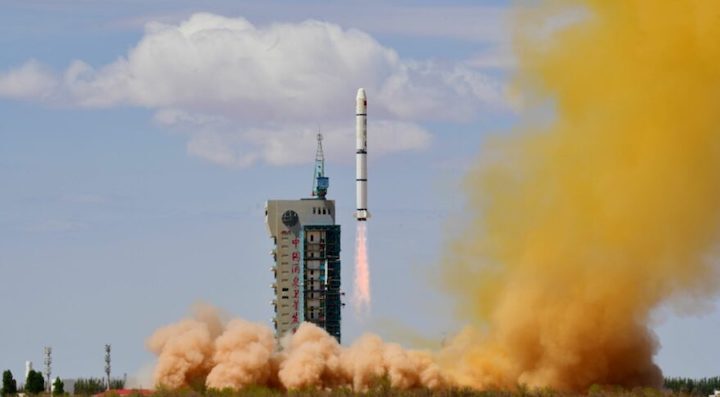29.04.2022

HELSINKI — A Long March 2C rocket sent a pair of optical remote sensing satellites into orbit early Friday to provide commercial remote sensing imagery.
The Long March 2C lifted off from Jiuquan Satellite Launch Center in the Gobi Desert at 12:11 a.m. April 29, placing the Siwei-01 and 02 satellites into their planned sun-synchronous orbits.
U.S. space tracking later detected the pair in 486 by 502-kilometer orbits inclined by 97 degrees.
The satellites, also known as Superview Neo-1 01 and 02, each have a mass of around 540 kilograms and will deliver 0.5-meter resolution optical imagery.
The satellites will provide commercial remote sensing data services for traditional satellite data customer industries including natural resources, surveying and mapping and marine and environmental protection, as well as emerging markets including urban security, digital rural development and smart agriculture and transport, according to Chinese media.
The pair was developed by the China Academy of Space Technology (CAST), a major subsidiary of the China Aerospace Science and Technology Corporation (CASC), the country’s main space contractor and giant state-owned defense enterprise.
The satellite operator, China Siwei Surveying and Mapping Technology Co., Ltd, is also a CASC subsidiary. The company also operates two pairs of co-planar “Gaojing” or Superview satellites launched in December 2016 and January 2018, delivering panchromatic 0.5-meter resolution imagery.
China also has a commercial Earth observation firm in the shape of Changguang Satellite Technology. The Changchun-based remote sensing constellation operator is a well-backed spinoff from the Chinese Academy of Sciences’ CIOMP, and has launched more than 30 Jilin-1 series optical and video satellites, with panchromatic resolution of around 0.70 meters.
The Friday launch was China’s 12th of 2022, in which CASC plans more than 50 launches. Launch attempts from commercial actors including Landspace, Expace, Galactic Energy and more are expected to add to the activity.
The planned April 29 launch of a Long March 11 solid rocket from a platform in the East China Sea was scrubbed because of weather.
A new attempt is set for early April 30 universal time. The flight path will take the rocket over Taiwan, with spent stages to fall into the seas. It is expected to deliver new Jilin-1 satellites into orbit.
China has developed infrastructure at Haiyang, Shandong province to allow launches from the seas. The capabilities may help ease congestion at other national spaceports and reduce debris falling near inhabited areas following inland launches.
Quelle: SN
